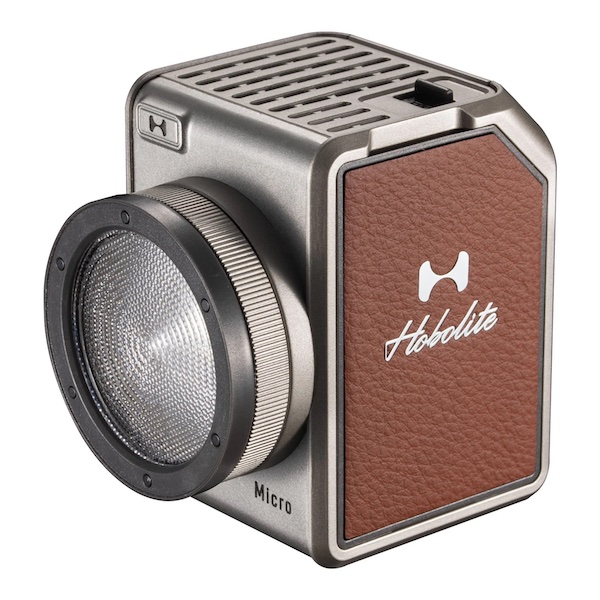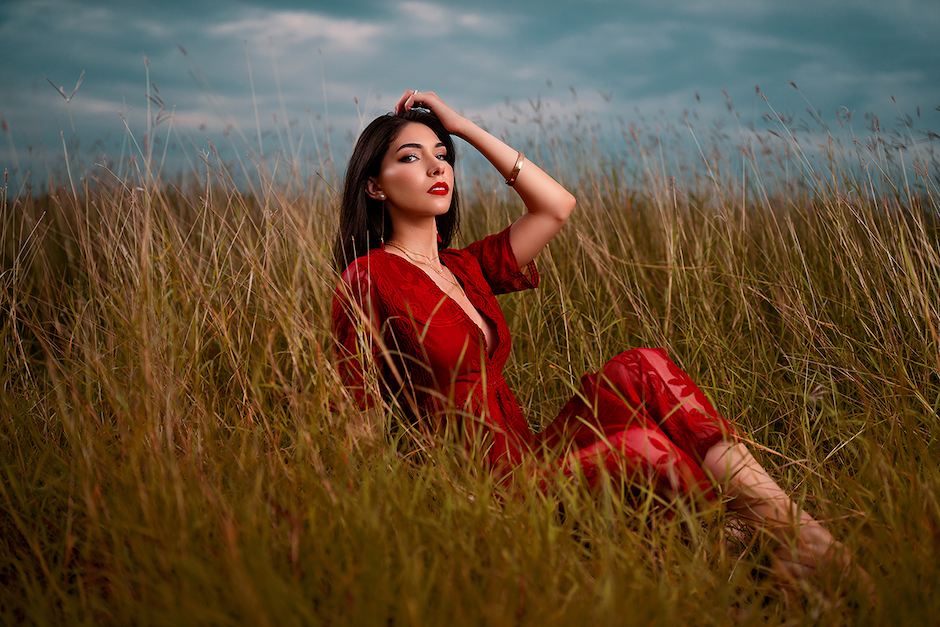Tips + Techniques
We’ve compiled some key insights on how photographers can not only overcome their fear of working with artificial lighting but actually embrace the tools that will help them imitate or enhance natural light, indoor or out, to make their images stand out.
Dig into even more lighting wisdom with next-level lighting tips for wedding and engagement photographers, honing your portrait lighting basics, expanding your repertoire with more creative techniques, delving into artistic and cinematic lighting setups, perfecting how to photograph with only natural light, and mastering your lighting tools.
4 Common Misconceptions of Shooting Natural Portraits with Artificial Light

Sandra Coan has been a professional photographer for almost 20 years, and most of that time, she has worked exclusively with natural light, mostly because, truth be told, she didn’t know how to use artificial lighting. Like many photographers, she had a lot of misunderstood notions about strobes and flash. She shares what she has come to realize since learning how to use artificial lighting here.
Recreating Golden Hour for Wedding Portraits When You Don’t Have Sun

Ah, golden hour. While some wedding and portrait photographers are devoted to embracing the more neglected times of day (or night) for portraits, other photographers love it, and so do their clients. It’s one of those magical lighting scenarios that many brides have seen and want featured in their own portraits. Pye Jirsa of Lin & Jirsa Photography was shooting a wedding whose bride articulated this exact preference, but as is often the case for weddings, timing was not on their side. The bride came outside for portraits just a little too late, and though she was at first disappointed, Jirsa assured her that he would make golden hour portraits happen anyway. Find out how he pulled if off here.
3 Ways to Imitate Natural Light in a Portrait Studio

Photographer John Gress‘ recent work has transitioned into recreating window light and posing subjects in front of Gravity hand-painted backdrops. At first, this type of photography seemed straightforward to him, but he quickly learned that there are actually several things you can do to simulate natural light, from the placement of the lights to the softness of the modifiers and the use of fill. Read more here.
Bright Lights, Big Impact: Breaking Down 4 Setups Behind Signature Styles

While commercial photographer Christian Lalonde is well-known for his extensive composites, layered images and vibrant pops of color, sometimes a more straightforward image like this one (above), can be just as challenging. Shot in a hotel lobby in Toronto, this image was part of a series. This particular shot, Lalonde explains, was used to illustrate the couple heading out for a day of shopping and enjoying what Toronto has to offer. “It was shot in the late afternoon but lit to look like it was mid-morning on a bright sunny day,” he says. To achieve a final look of what Lalonde refers to as “more natural, balanced lighting,” a main light was placed behind the metal curtain (and desk clerk), another light behind the couple left of the piano, and yet another light was set up to the right of them, illuminating the piano bench. Lalonde breaks down three more images and how he lit them to mimic or enhance a certain type of natural light here.
How to Elevate Your Ambient Portraits with Flash and Video Lights

If you’re like Brian Callaway, of Callaway Gable, you most likely started in weddings by taking mostly available and unmodified sunlight portraits—pictures of the bride and groom in the sun and shade. The problem is, he says, is that many new photographers do the same thing. Furthermore, these images are often flat and one-dimensional. This all makes it difficult to break away from your competition. The answer is to elevate your portrait work by creating more variety and dynamic images that look like more enhanced natural light, created with flash and video light. Callaway tells you how to get started here.





